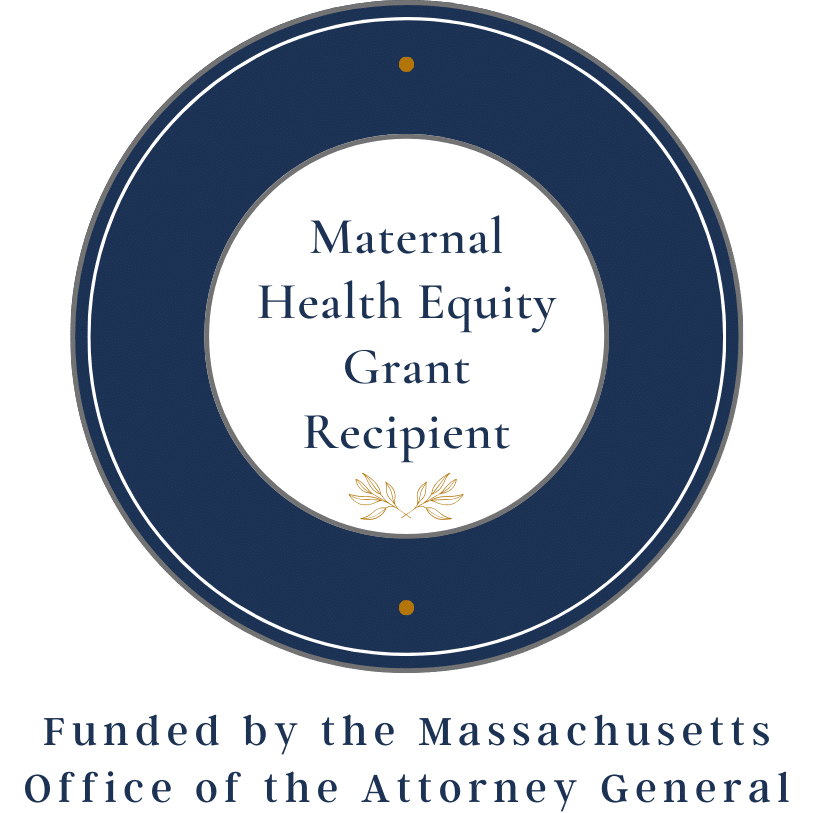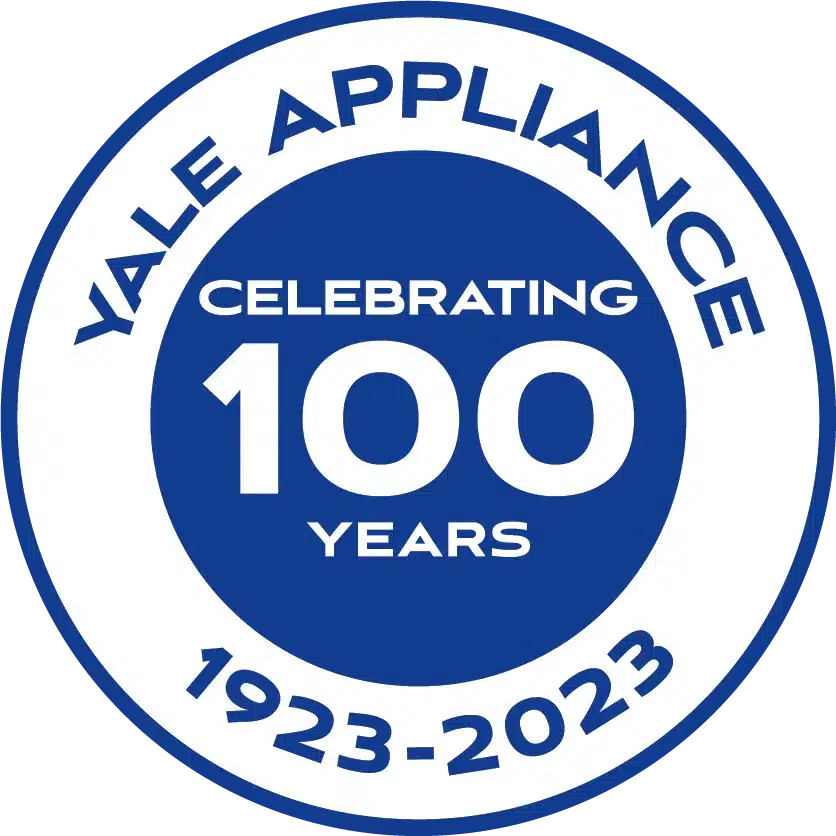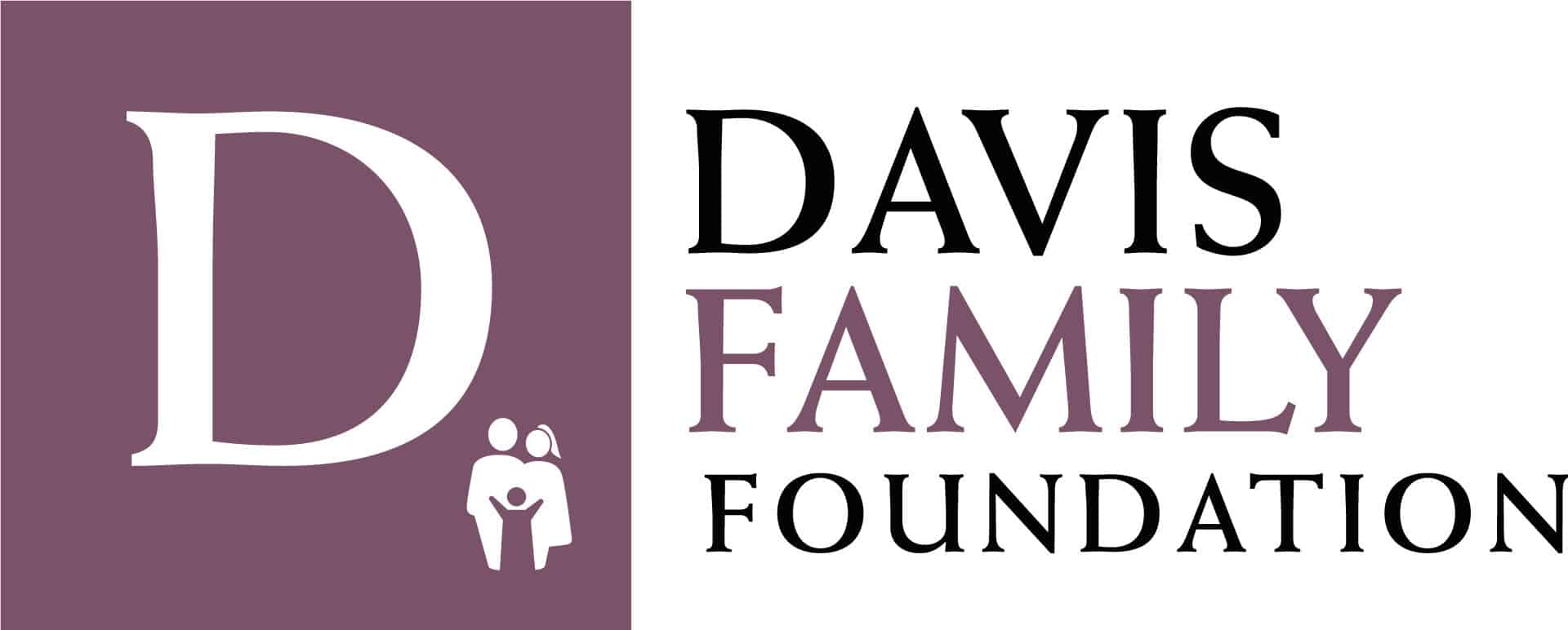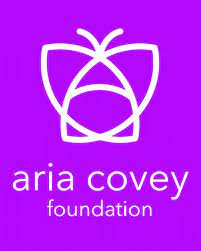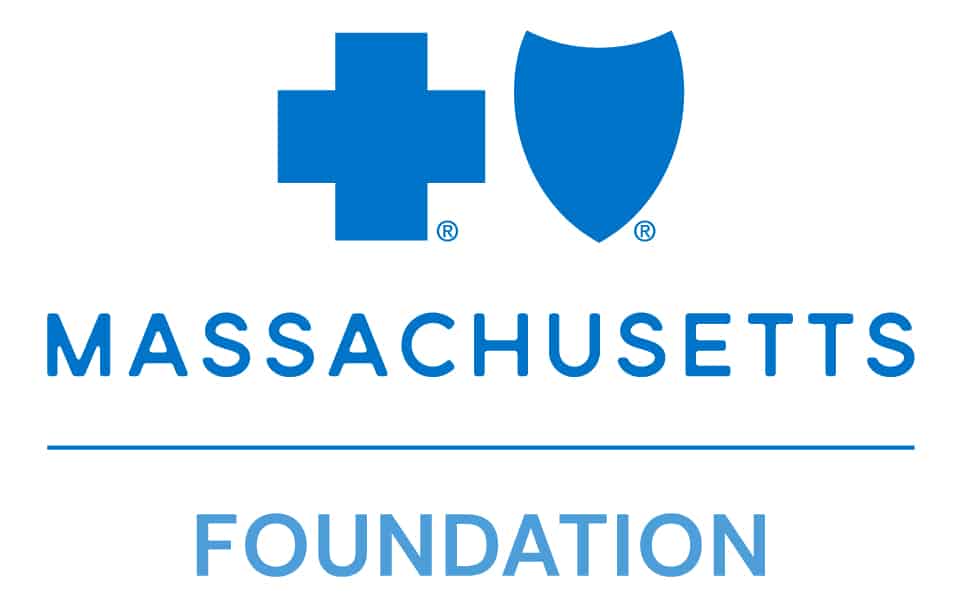
Milk Banking – Everything You Need To Know
What is a milk bank?
A nonprofit milk bank collects milk from mothers who have more than their babies need. Mothers who wish to donate complete a comprehensive health screening, then send their milk to the milk bank, where it is pasteurized and tested for safety. The milk is subsequently dispensed to premature and sick babies, primarily in hospitals, when a maternal milk supply is not available.
Is using pasteurized donor human milk safe?
The Human Milk Banking Association of North America, or HMBANA, sets the standards and guidelines for donor milk banking in North America. HMBANA certifies and accredits milk banks according to strict, evidence-based guidelines.
Human milk banks are also regulated under the Food and Drug Administration (FDA) and are licensed in states that require a tissue license.
Milk donors undergo a health screening, medical history review and blood test, similar to the process of donating blood, under the oversight of medical professionals. Safety is our utmost priority.
Why is donor milk pasteurized?
Donor human milk is pasteurized to kill bacteria or viruses in the milk that may cause harm to an already fragile baby. We use the Holder pasteurization method, which retains as many of the components of raw human milk as possible, while inactivating most bacteria and viruses. The process protects babies from blood and food-borne viruses potentially found in breastmilk, as well as infections such as Group B streptococcal infection.
Does pasteurization get rid of some of the “good” components of breastmilk?
It does. But studies suggest that approximately 70% of the antibodies, all of the oligosaccharides (milk sugars that feed the organisms in the digestive tract), and bioactive components like the enzyme lysozyme are all retained.
A biological parent’s unprocessed milk is the optimal choice for a fragile infant’s health, but when that’s not available the choice of a food with many of the bioactive components of breastmilk is still superior to the alternative of formula, which has none. Since the majority of our recipients are premature or medically-compromised infants in neonatal intensive care units (NICUs), the more support we can offer their developing immune systems the better!
Who gets the milk?
Once milk is pasteurized and tested, it is primarily sent to hospitals. Many NICU and well-baby units offer donor human milk for their inpatients. For full term healthy babies, donor milk is primarily used as a “bridge” to breastfeeding for parents who are choosing to breastfeed but require some supplementation as maternal milk supply is developing.
Can’t the babies have formula?
For very low birth weight preterm infants, human milk is the safest food source for them. An exclusive human milk diet helps prevent some of the most fatal complications, including necrotizing enterocolitis (NEC). For full-term infants, donor human milk can be a supplement to mom’s own milk when milk supply is still being established. The American Academy of Pediatrics, American College of Obstetricians and Gynecologists, World Health Organization and National Association of Neonatal Nurses all endorse the use of donor human milk in instances when a parent’s own milk is unavailable or insufficient to meet the needs of the baby temporarily. Donor milk is not available in sufficient quantities to be a long-term feeding plan for a healthy baby.
Why does being nonprofit matter?
For-profit companies are mandated to make a profit for their investors and stockholders. Nonprofit organizations are mandated to serve their mission and to reinvest any excess revenue into serving their mission.
HMBANA member milk banks are committed to ensuring that all babies in need have access to human milk—mothers’ own milk and safe, pasteurized donor milk if a parent’s own milk is unavailable. To this end, we work with many stakeholders—communities, hospitals, medical providers, legislators, government agencies, and insurance carriers—to ensure equitable access to breastfeeding support, education, and donor milk when needed. HMBANA has a triage system that commits us to prioritize the neediest babies, not gain profit.
If you are nonprofit, shouldn’t your milk be free?
Many nonprofits, including hospitals and universities, charge for their services in order to cover costs and remain in operation. Processing pasteurized donor human milk requires trained milk bank staff to reach out to and screen donors, and then safely pasteurize, test, and distribute the milk. It also requires equipment, space, shipping, and administration.
Do you pay your milk donors?
Nonprofit HMBANA milk banks do not pay milk donors; donors are volunteers. Research and history have shown that paying donors adds risks both to the milk recipient and to the baby whose milk is sold. This is a complicated medical and ethical issue that has been discussed, debated, and regulated for millennia, and continues today.
I don’t have milk to donate, but I’d like to help. What can I do?
We would love to have your help! We have a dedicated group of volunteers that help with various tasks. We also accept financial donations to help support our work and expand access to lifesaving donor human milk. You can also help by sharing your story if you donated or received milk!
Safe. Trusted. Lifesaving.
